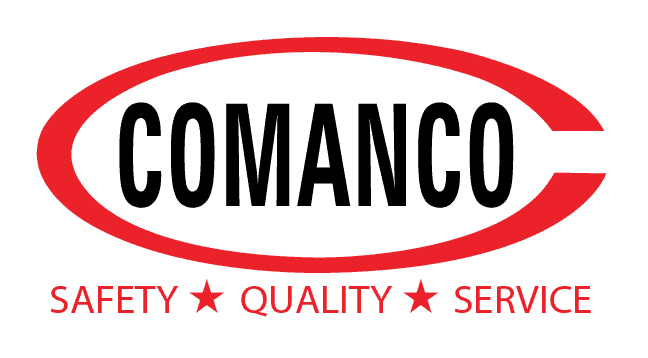In order to stay safe while working under the hot, Florida, summer sun COMANCO QA/QC Manager, Greg Pignataro, has put together a list of procedures to follow in order to prevent heat illness.
It’s important to remember exposure to extreme heat conditions, if not proactively addressed, may result in serious illness for construction workers. During the mid-summer months, even in typically cooler climate areas of the country, workforces are exposed to seasonal heat conditions that affect their everyday workflow and health.
Hot environment work relies on management and field personnel to work together. Here are some essential steps to consider before, during, and after work activities:
Providing Employee and Supervisory Training – Knowledge and awareness of the signs of heat stress are crucial. At COMANCO, heat stress is talked about at every toolbox (morning meeting) and continuously monitored throughout the day. Some Heat Stress Indicators to look out for: dizziness, confusion, loss of motor skills, profuse sweating, headaches, dry/red skin, inability to speak clearly, and cramping.
Provision of Water – To stay hydrated, a provision of coolers, consisting of ice water and sports drinks, should be provided. Individual water bottles (16.9 oz. minimum) should be available on site in enough quantity to provide 1 quart (2 bottles of 16.9 oz.) per hour for each employee in the crew.
Weather Monitoring – The crew supervisor should take proactive weather preparation measures, based on site conditions, the day prior to the crew arriving. During work, the supervisor should utilize instant technology, like smartphones and tablets, to access accurate weather apps that illustrate major real-time incidents. Each job site’s supervision, at a minimum, should have the capability to monitor and be alerted to changing weather conditions for the safety of the crew.
Access to Shade – Each employee has the right and should be instructed to utilize shaded areas at breaks especially if heat stress is an issue. Providing cool places like an air-conditioned truck, covered trailer, or tent with some shade and air circulation, is good practice as well.
Acclimatization – It takes approximately 2 weeks of work to adjust to high heat conditions that are unfamiliar to one’s body. Once acclimated, it is best practice not to encourage employees to move from one extreme climate controlled area to another – i.e., moving from cold AC areas immediately back to extremely heated areas – it is best to transition to a relatively cool area to keep body temp steady rather than way up and/or way down. Utilize a “buddy system” to keep an eye out for one another’s acclimatization to heat.
High Heat Time Allotment – Limit the time spent in the heat and increase the time spent in cool areas. Cool the body down when you’re outside and when inside, cool with water and cool air. Use the buddy system as previously recommended to make sure everyone on your crew is being surveyed for signs of heat stress.
Procedures for Handling a Heat Wave – When a heat wave strikes take more breaks in the shade. Drink more water, and do not send a crew out to work.
Procedures for Handling a Sick Employee – Step one, have a sickness plan in place in the event of illness for yourself or members of your crew. Cool the body down as fast as possible – put the person in the shade or an air-conditioned area, hydrate with cool water and electrolytes, remove excess layers of clothing, place ice packs on jointed areas and behind your neck. Make sure to fan the victim. Stay with them for the rest of the day and do not let them go back to work. Administer first aid or get emergency help if they cannot cool down or regain normal bodily function. Check on them continuously over the course of the night as well.
Procedures for Heat-Related Emergency Response – Have an emergency heat stress plan prepared. At COMANCO qualified, appropriately trained, and equipped personnel are available at the site to render first aid if necessary. Make sure to have a map of the job site available. Establish procedures for language barriers if needed. Remember to have an available cell phone and/or communication device handy. Additionally, please make sure to understand and know firsthand the logistics of the emergency responder’s access to the job site, especially if you’re in rural areas. Do not let the victim out of your sight or care.
Below are some available apps that are encouraged for all construction workers to use.
https://www.nws.noaa.gov/radar_tab.php
https://www.weather.gov/safety/heat-index
SAFETY ★ QUALITY ★ SERVICE


